October 19, 2016
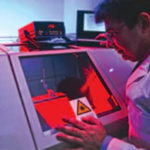
Hard Tissue Lasers
Currently in use, although limited
Gum surgery using soft tissue lasers is relatively painless and heals rapidly. Hard-tissue lasers are now being introduced to treat tooth decay—and may someday replace today’s high-speed dental drills.
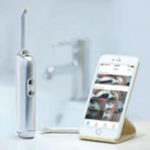 Smart Toothbrushes
Smart Toothbrushes
Currently in use
Sensors and microchips now track the amount of time spent brushing, pressure used, brushing habits, and more, and send data to smart electronic devices via Bluetooth. Smart brushes may soon be able to detect certain diseases as well.
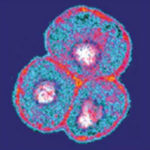 Biomaterial
Biomaterial
Currently under development
A new type of filling made of synthetic biomaterial stimulates the growth of stem cells in the pulp of the decayed and drilled teeth—essentially regrowing teeth.
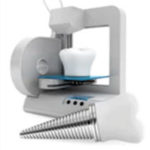 3-D Printed Teeth
3-D Printed Teeth
Entering use
3-D printers can manufacture a crown, tooth, bridge or orthodontic appliance in minutes—and new research is seeking to incorporate antibacterial chemicals into replacement teeth that will fight decay.
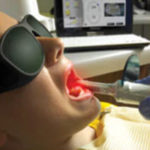 Tooth Decay-Detecting Lasers
Tooth Decay-Detecting Lasers
Currently in use
The Canary is an advanced digital imaging tool. This electric toothbrush-sized device emits pulsing red laser light that may detect cracks and caries that are too small to show up on an x-ray—in about three seconds.
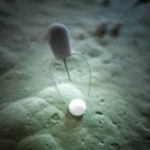 Nanobots
Nanobots
Twenty years or more away
In the coming decades, nanodentistry may turn to microscopic, computer-directed nanorobots to diagnose or treat oral cancer and other diseases, destroy cavity-causing bacteria, deliver anesthesia, clean, repair, fill and straighten teeth, replace damaged bone—or other things we haven’t yet imagined.
Credit: Science Photo Library (lasers, biomaterial, nanobots); ONVI (smart toothbrush); 123RF, Alexander Kharchenko (3-D printed teeth); The Canary System (decay-detecting laser)



















